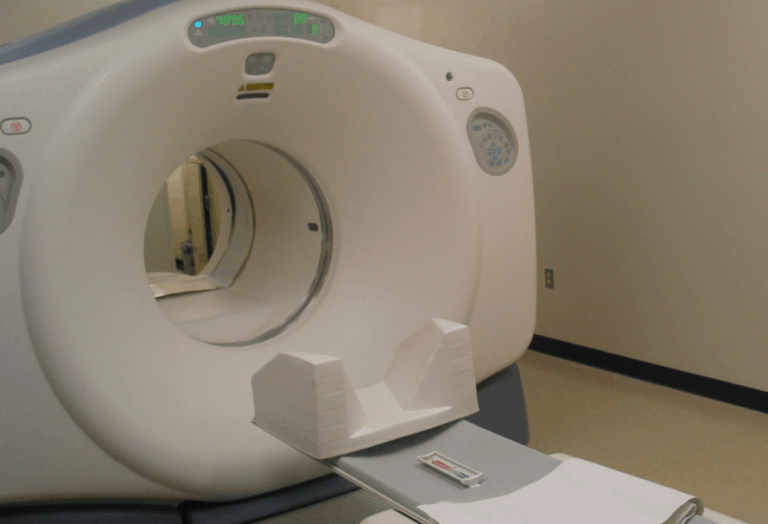Scientists have been looking at the increased cancer risk in Parkinson’s disease patients for years, particularly skin cancers and melanoma. Now, University of Utah School of Medicine researchers have found evidence to suggest a link between Parkinson’s disease and prostate cancer risk and that the risk extends to both close and distant relatives with Parkinson’s.
Parkinson’s disease is a progressive neurologic disorder that leads to tremors and difficulty with walking, movement, and coordination. It most often develops after age 50 and equally affects both men and women. Parkinson’s occurs when the nerve cells in the brain that make dopamine are slowly destroyed, causing a disruption of messages between the cells. There is no known cure for Parkinson’s disease; the goal of treatment is to control symptoms as long as possible.
What’s the link between Parkinson’s disease and prostate cancer risk?
Because neurodegenerative disorders may share some common disease-causing mechanisms with some cancers, Dr. Stefan M. Pulst MD, a professor and chair of the department of neurology at the University of Utah, used the Utah Population Database to explore the association. The UPDB contains data on birth, death and family relationships for over 2.2 million individuals going back over 15 generations. It is also linked with the Utah Cancer Registry.
The study team screened the database to identify nearly 3,000 individuals with at least three generations of data who had Parkinson’s disease listed as the cause of death. The researchers found that the risk of prostate cancer and melanoma within the population was significantly higher than expected. They also observed that the risk for prostate cancer extended to first, second, and third degree relatives.
To validate the findings, the researchers also worked in reverse. They identified individuals who were diagnosed with either melanoma or prostate cancer and found that they were also at a significantly increased risk for death with Parkinson’s disease.
Previous research into the connection between melanoma and Parkinson’s disease suggest a possible genetic link, as first-degree relatives tend to also be at higher risk. However, the studies are noted to be limited in that the relatives often shared similar surroundings, raising the question about environmental risk factors as well.
Dr. Susan Bressman, chair of the department of neurology at Beth Israel Deaconess Medical Center (not involved with the University of Utah study) notes that the association between Parkinson’s and melanoma may have roots in the treatments given to PD patients. L-DOPA has a role in melanin production and giving pro-dopaminergic drugs would increase the risk for skin cancer.
“Our findings point to the existence of underlying pathophysiologic changes that are common to PD, prostate cancer, and melanoma,” says Lisa Cannon-Albright PhD, co-author of the study and a professor of internal medicine. “Exploring the precise genetic links among these diseases could improve our understanding of PD and influence strategies for prostate and skin cancer screening.”
These findings of this study were presented at the American Academy of Neurology (AAN) 2011 Annual Meeting in Honolulu, HI from April 7 through April 16.
Read more in our Prostate Cancer Health Center.
References
Kareus SA et al. Shared predispositions of parkinsonism and cancer: a population-based pedigree-linked study. Archives of Neurology 2012 Dec; 69(12): 1572-77
PubMed Health. National Institutes of Health. Parkinson’s disease







